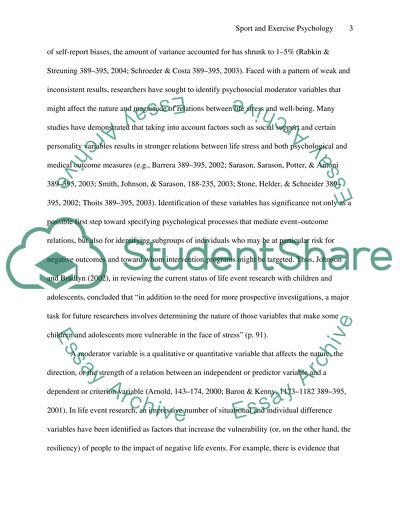Cite this document
(“Sport and Exercise Psychology 2 Essay Example | Topics and Well Written Essays - 2500 words”, n.d.)
Retrieved from https://studentshare.org/miscellaneous/1538903-sport-and-exercise-psychology-2
Retrieved from https://studentshare.org/miscellaneous/1538903-sport-and-exercise-psychology-2
(Sport and Exercise Psychology 2 Essay Example | Topics and Well Written Essays - 2500 Words)
https://studentshare.org/miscellaneous/1538903-sport-and-exercise-psychology-2.
https://studentshare.org/miscellaneous/1538903-sport-and-exercise-psychology-2.
“Sport and Exercise Psychology 2 Essay Example | Topics and Well Written Essays - 2500 Words”, n.d. https://studentshare.org/miscellaneous/1538903-sport-and-exercise-psychology-2.


